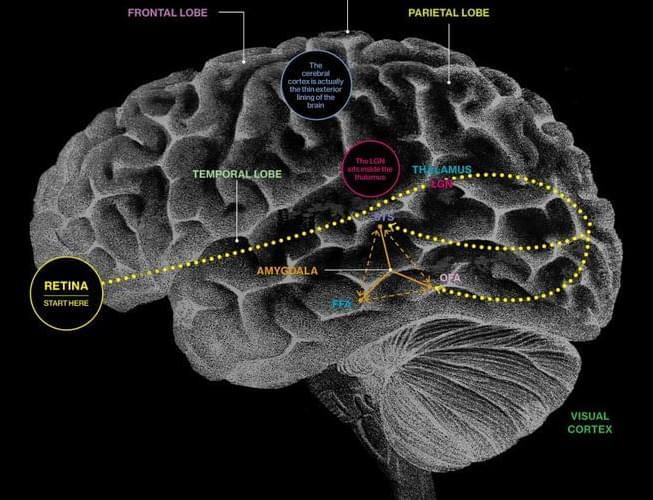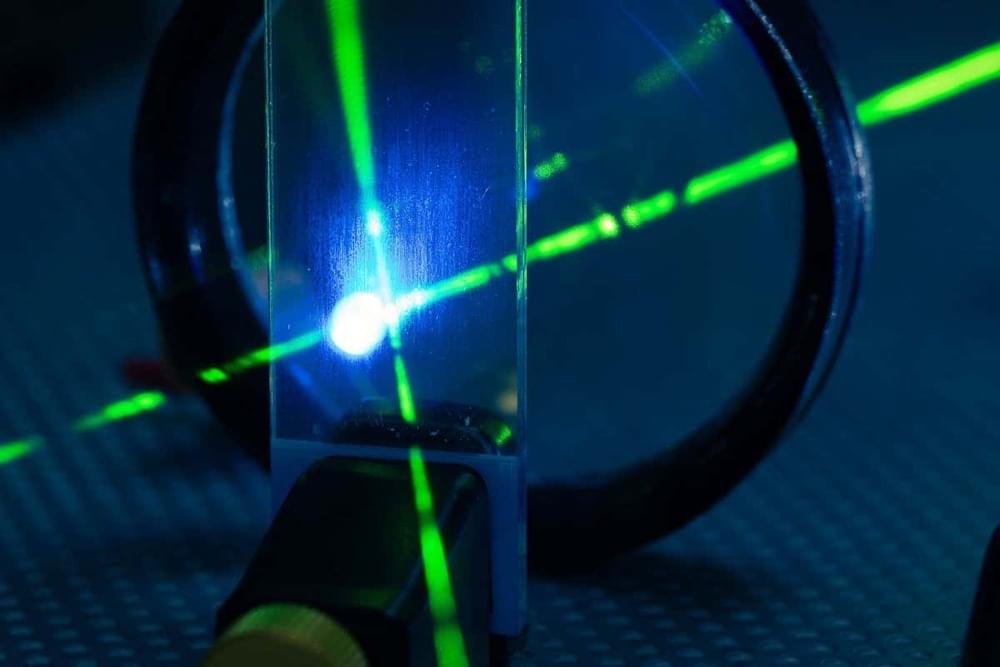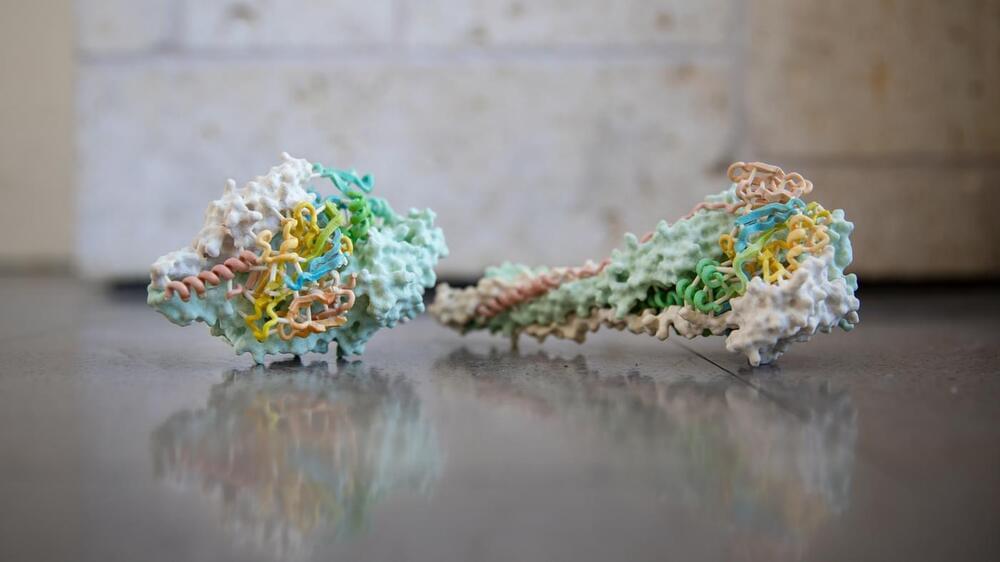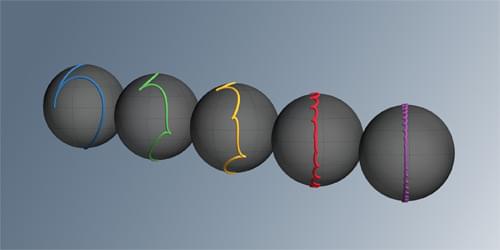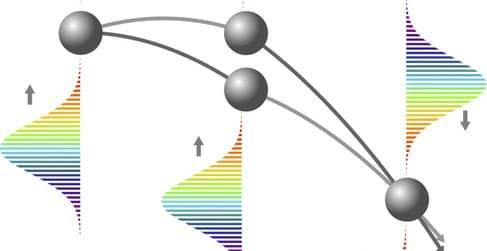The moment we recognize someone, a lot happens in our brains all at once. We aren’t aware of any of it.
O.o!!! It doesn’t need seconds counted it just knows the time on the quantum level o.o!!!!!
A quantum stopwatch made of lasers and helium atoms can measure the time that has passed with complete accuracy, without counting seconds like other clocks.
“This year, parents are sending their children to daycare and school for the first time following two years of the pandemic. … Children who haven’t been previously exposed to respiratory viruses are getting sick,” Romano said.
Health officials in King County, Wash., are also alarmed as they brace for more cases once winter hits. Dr. Russell Migita with Seattle Children’s Hospital told King 5 News they are seeing about 20 to 30 positive cases every day, adding that those are “unprecedented” figures.
RSV symptoms are similar to a cold and can be harmless in adults, but the CDC says children under the age of 5 are the most affected group. According to the agency’s data, each year approximately 58,000 children in that age range are hospitalized for RSV. The next most vulnerable group are adults over 65, in whom the infection causes 14,000 deaths a year.
A new type of material can learn and improve its ability to deal with unexpected forces thanks to a unique lattice structure with connections of variable stiffness, as described in a new paper by my colleagues and me.
The Walt Disney Company encompasses theme parks and some of the world’s best-loved entertainment brands. All of this makes it a perfect fit for the much-hyped metaverse, which promises to blend the real and the virtual to create cutting-edge entertainment experiences.
UK or US will be first to develop reactors capable of generating vast amounts of clean power, says executive at Kyoto Fusioneering.
A massive burst of gamma radiation hit Earth, likely from a new black hole. There’s no threat, but we can’t rule out more Hulks.
The engineering of so-called Floquet states leads to almost-perfect atom-optics elements for matter-wave interferometers—which could boost these devices’ ability to probe new physics.
Since Michelson and Morley’s famous experiment to detect the “luminiferous aether,” optical interferometry has offered valuable tools for studying fundamental physics. Nowadays, cutting-edge applications of the technique include its use as a high-precision ruler for detecting gravitational waves (see Focus: The Moon as a Gravitational-Wave Detector) and as a platform for quantum computing (see Viewpoint: Quantum Leap for Quantum Primacy). But as methods for cooling and controlling atoms have advanced, a new kind of interferometer has become available, in which light waves are replaced by matter waves [1]. Such devices can measure inertial forces with a sensitivity even greater than that of optical interferometers [2] and could reveal new physics beyond the standard model.
A multiwavelength laser source known as a frequency comb provides a new technique for atom interferometry, potentially leading to new tests of fundamental physics.
In atom interferometry, researchers use the interference of quantum waves of matter, often for high-precision experiments testing fundamental physics principles. A research team has now demonstrated a new way to produce matter-wave interference by using a frequency-comb laser—a comb-like set of spectral lines at regularly spaced frequencies [1]. The comb allowed the team to generate interference in a cloud of cold atoms. The method might ultimately be used to investigate differences between matter and antimatter.
According to the weak equivalence principle, gravity must cause both matter and antimatter to fall at the same rate (see the graphical explanation, The Equivalence Principle under a MICROSCOPE). Deviations from this principle could point to explanations for the hitherto mysterious imbalance in the amounts of matter and antimatter in the Universe. Atom interferometry could provide a test of weak equivalence through precise measurements of the free fall of antihydrogen. So far, light-based control of atom interferometry has used continuous-wave (cw) lasers [2], which can’t easily be extended to the short wavelengths in the extreme ultraviolet (XUV) that are needed for such studies of antihydrogen.
NVIDIA’s Megatron Turing AI Model can now have conversations with itself to perpetually improve itself in the hopes of understanding how to best control and influence other people in debates. This sparked a lot of discussions in the AI Community because ever-improving Artificial Intelligences pose real dangers to humanity.
–
TIMESTAMPS:
00:00 The biggest Black Box.
01:54 Nvidia’s GPT-3 Competitor.
03:23 How these AI’s work.
04:50 The Ethical issues of Black Box AI’s.
08:19 Last Words.
–
#ai #agi #nvidia
